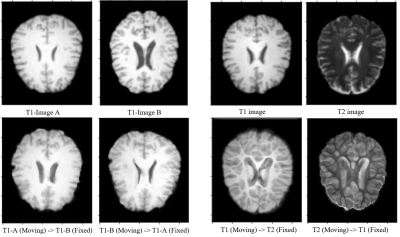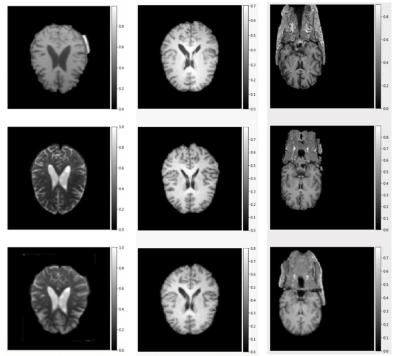Soumick Chatterjee1,2,3, Himanshi Bajaj3, Suraj Bangalore Shashidhar3, Sanjeeth Busnur Indushekar3, Steve Simon3, Istiyak Hossain Siddiquee3, Nandish Bandi Subbarayappa3, Oliver Speck1,4,5,6, and Andreas Nürnberger2,3,6
1Department of Biomedical Magnetic Resonance, Otto von Guericke University, Magdeburg, Germany, 2Data and Knowledge Engineering Group, Otto von Guericke University, Magdeburg, Germany, 3Faculty of Computer Science, Otto von Guericke University, Magdeburg, Germany, 4German Centre for Neurodegenerative Diseases, Magdeburg, Germany, 5Leibniz Institute for Neurobiology, Magdeburg, Germany, 6Center for Behavioral Brain Sciences, Magdeburg, Germany
1Department of Biomedical Magnetic Resonance, Otto von Guericke University, Magdeburg, Germany, 2Data and Knowledge Engineering Group, Otto von Guericke University, Magdeburg, Germany, 3Faculty of Computer Science, Otto von Guericke University, Magdeburg, Germany, 4German Centre for Neurodegenerative Diseases, Magdeburg, Germany, 5Leibniz Institute for Neurobiology, Magdeburg, Germany, 6Center for Behavioral Brain Sciences, Magdeburg, Germany
All three surveyed method performed well on the intermodality registration, though for intermodality they faced challenges. The best method achieved 0.960 SSIM for intramodality and for 0.915 for intermodality registration when compared against ANTs.

Fig.3: Result from experiments with ICNet.
(a) Intramodal deformable registration of affinely registered pre-processed images, after 100 epochs.
(b) Intermodal deformable registration of affinely registered pre-processed images, after 200 epochs.

Fig.1: Result from experiments with VoxelMorph, after 1000 epochs.
Rows (top to bottom): fixed image, moving image, and warped image
Columns (left to right): Intermodal deformable registration of affinely registered pre-processed images, Intramodal deformable registration of affinely registered pre-processed images, and Intramodal registration performed directly on raw images without using any pre-processing.
